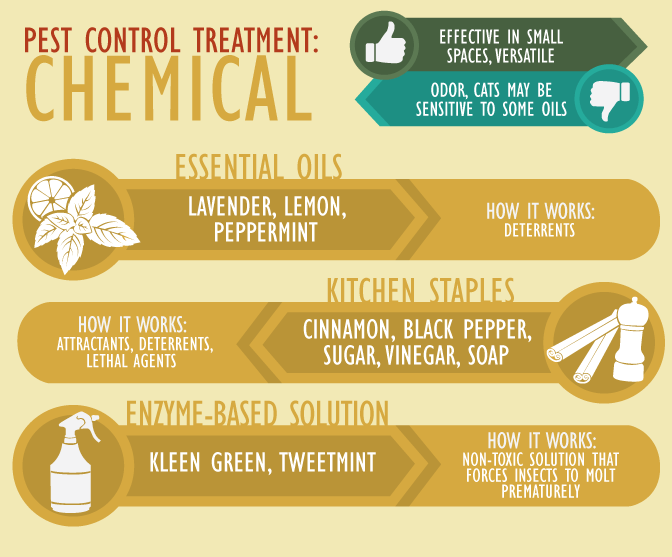Rodent-Proofing Your Attic: Crucial Tips For Homeowners
Rodent-Proofing Your Attic: Crucial Tips For Homeowners
Blog Article
Developed By-Ellegaard Cheek
Picture your attic as a comfy Airbnb for rats, with insulation as fluffy as hotel pillows and circuitry extra enticing than area service. Now, envision these unwanted visitors throwing a wild event in your home while you're away. As a homeowner, guaranteeing your attic is rodent-proof is not nearly assurance; it's about shielding your property and liked ones. So, what easy actions can you require to secure your shelter from these hairy trespassers?
Examine for Entrance Points
To begin rodent-proofing your attic, check for entry points. Start by thoroughly analyzing the outside of your home, trying to find any kind of openings that rats could utilize to access to your attic room. Check for spider pest around energy lines, vents, and pipelines, along with any cracks or holes in the structure or house siding. See to it to pay very close attention to areas where various building materials meet, as these prevail entrance factors for rats.
Furthermore, examine the roof covering for any kind of harmed or missing roof shingles, along with any type of gaps around the sides where rodents could squeeze via. Inside the attic, search for signs of existing rodent task such as droppings, chewed wires, or nesting materials. Use a flashlight to thoroughly inspect dark edges and concealed spaces.
Seal Cracks and Gaps
Examine your attic room extensively for any cracks and voids that need to be sealed to avoid rats from going into. Rodents can press through even the smallest openings, so it's vital to seal any potential entry points. Check around pipelines, vents, wires, and where the walls fulfill the roof covering. Use a mix of steel woollen and caulking to seal off these openings efficiently. Steel wool is an excellent deterrent as rodents can't chew with it. Ensure that all gaps are snugly sealed to refute access to unwanted bugs.
Don't overlook the importance of sealing gaps around doors and windows also. Use weather condition removing or door sweeps to seal these areas properly. Evaluate please click the following web site where energy lines go into the attic room and seal them off utilizing a suitable sealant. By making best way to get rid of termites to seal all splits and spaces in your attic room, you develop an obstacle that rats will locate tough to violation. Prevention is key in rodent-proofing your attic room, so be extensive in your initiatives to seal any type of potential entrance points.
Eliminate Food Resources
Take aggressive steps to get rid of or save all potential food sources in your attic room to hinder rodents from infesting the space. Rats are attracted to food, so removing their food resources is vital in keeping them out of your attic.
Right here's what you can do:
1. ** Shop food firmly **: Avoid leaving any food things in the attic. kill mosquitoes in yard in impermeable containers made from steel or heavy-duty plastic to avoid rodents from accessing them.
2. ** Clean up particles **: Remove any kind of heaps of particles, such as old newspapers, cardboard boxes, or wood scraps, that rats might make use of as nesting material or food sources. Keep the attic room clutter-free to make it less attractive to rodents.
3. ** Dispose of rubbish effectively **: If you utilize your attic for storage and have waste or waste up there, make certain to dispose of it consistently and appropriately. Decaying trash bin attract rats, so maintain the attic clean and free of any organic waste.
Conclusion
Finally, bear in mind that an ounce of prevention is worth a pound of cure when it concerns rodent-proofing your attic.
By taking the time to inspect for access factors, seal splits and voids, and get rid of food resources, you can keep unwanted insects away.
Bear in mind, 'An ounce of avoidance deserves an extra pound of treatment' - Benjamin Franklin.
Remain aggressive and shield your home from rodent infestations.
